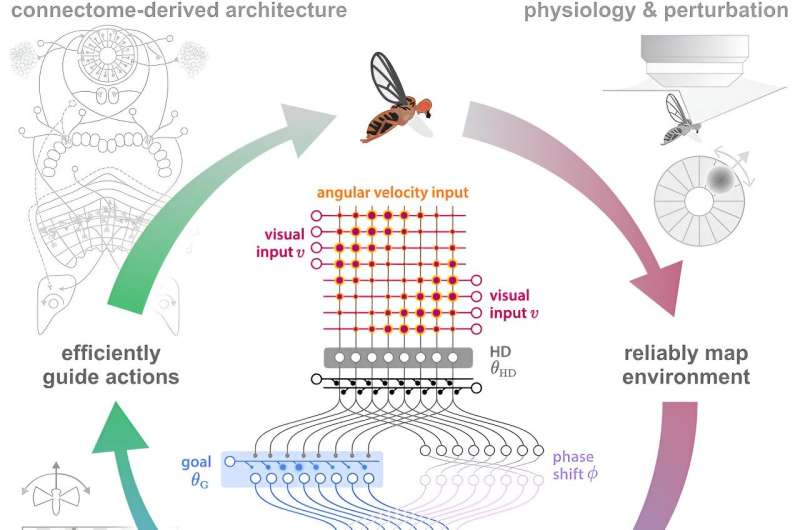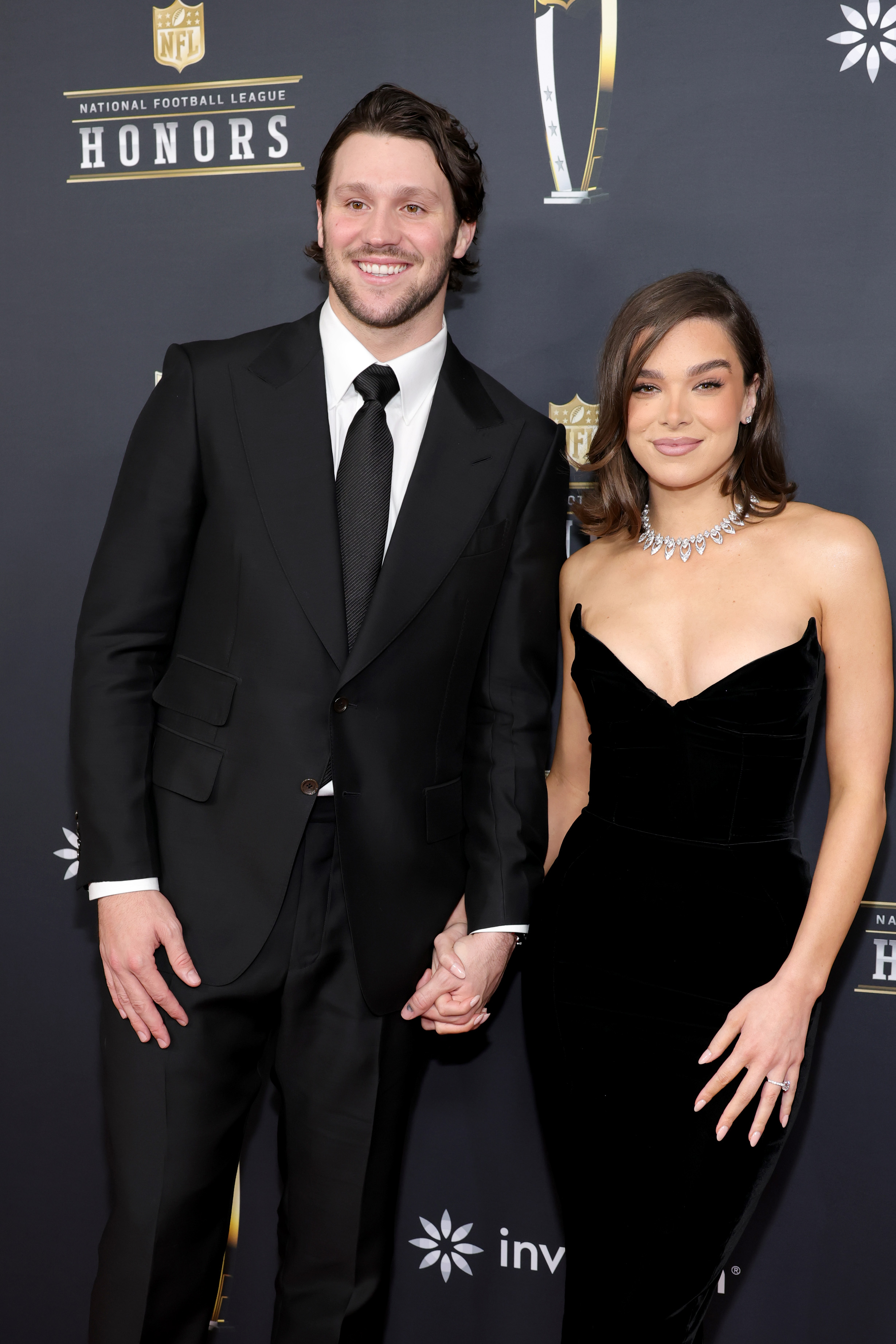How Internal Head-Direction Representations Aid Goal-Oriented Navigation in Fruit Flies

August 31, 2024 feature
This article has been reviewed according to Science X's editorial process and policies. Editors have highlighted the following attributes while ensuring the content's credibility:
- fact-checked
- peer-reviewed publication
- trusted source
- proofread
by Ingrid Fadelli , Phys.org
Animal behavior is known to rely on transforming sensory information into motor commands, often influenced by an animal's internal needs. While in mammals and other large animals this process is supported by complex brain processes, simpler versions of it might also guide the behavior of smaller living organisms, including insects.
To plan their actions when sensory cues are not available, some animals have evolved to instead rely on internal representations of their relationship with their surroundings. These representations could include information related to their head direction or collected by place cells, neurons in the hippocampus that form internal 'maps' of environments.
Researchers at Howard Hughes Medical Institute recently explored how fruit flies simultaneously map new environments and use these internal representations to learn what goals to pursue. Their paper, published in Neuron, offers new insight into how internal representations can guide the goal-directed behavior of animals.
'Anchoring goals to spatial representations enables flexible navigation but is challenging in novel environments when both representations must be acquired simultaneously,' Chuntao Dan, Brad K. Hulse and their colleagues wrote in their paper. 'We propose a framework for how Drosophila uses internal representations of head direction (HD) to build goal representations upon selective thermal reinforcement.'
The researchers conducted experiments on common fruit flies (Drosophila melanogaster). The behavior of the flies was conditioned using heat, which was linked to different instances of repeating visual patterns.
These visual patterns altered the flies' internal HD representations, allowing the researchers to observe how the evolution of HD representations interacted with the flies' goals to ultimately shape their behavior. Using machine learning algorithms and data collected during previous studies on fruit flies, the researchers tried to determine how these processes might be carried out within a region of the insect brain known as the central complex (CX).
'We show that flies use stochastically generated fixations and directed saccades to express heading preferences in an operant visual learning paradigm and that HD neurons are required to modify these preferences based on reinforcement,' wrote Dan, Hulse and their colleagues. 'We used a symmetric visual setting to expose how flies' HD and goal representations co-evolve and how the reliability of these interacting representations impacts behavior.'
The findings of this recent study offer new insight into how flies simultaneously map their surroundings and link internal goals to created maps while initially experiencing a new environment. By analyzing their experimental data and previously collected results using computational models, the researchers then created a framework describing how the brain of fruit flies supports the insects' goal-directed behavior in new settings.
'We describe how rapid learning of new goal headings may rest on a behavioral policy whose parameters are flexible but whose form is genetically encoded in circuit architecture,' wrote Dan, Hulse and their colleagues. 'Such evolutionarily structured architectures, which enable rapidly adaptive behavior driven by internal representations, may be relevant across species.'
While the team conducted their experiments on fruit flies, circuit architectures and processes resembling those they uncovered could also exist in other species. Future studies employing genetic techniques could shed further light on the cells that mediate the goal-directed learning process identified by the researchers or could help to identify analog processes in other animals.
More information: Chuntao Dan et al, A neural circuit architecture for rapid learning in goal-directed navigation, Neuron (2024). DOI: 10.1016/j.neuron.2024.04.036
Journal information: Neuron
© 2024 Science X Network




